You want to print images and patterns on fabric, especially polyester fabric, with vivid colors, durable, and non-peeling. Heat transfer printing technology was born as an optimal solution to meet all of the above requirements. So what is heat transfer printing and what are its advantages and disadvantages? Let's find out in detail with Blog Shondo through the article below.
1. What is heat transfer printing?
Heat transfer printing is a modern digital printing technique that allows printing images and designs on fabrics and many other materials in a sharp, vivid and durable way. This technique uses high temperatures to transfer images from special heat transfer paper to the printed material. Thanks to the impact of heat, the ink sublimates and adheres directly to the fabric fibers, creating a highly durable print that does not peel or fade over time.
[caption id="attachment_5287" align="aligncenter" width="800"]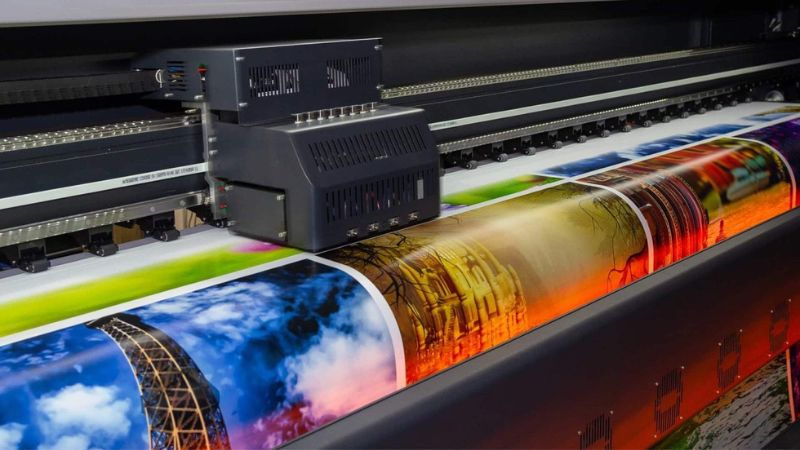 Heat transfer printing is a digital printing technique[/caption]
Heat transfer printing is a digital printing technique[/caption]
2. Advantages and disadvantages of heat transfer printing
To better understand this modern printing method, let's review the advantages and disadvantages of heat transfer printing:
| Advantage | Disadvantages |
|
|
3. Popular heat transfer printing methods
3.1. Sublimation printing
The sublimation printing method prints the image onto specialized sublimation paper using sublimation ink, then uses a heat press to transfer the image from the paper to the fabric.
- Advantages: Beautiful, clear printed images, vivid colors, no peeling, high durability, suitable for printing on polyester fabric.
- Disadvantages: Can only print on white or light-colored fabrics due to the properties of the ink, requires a large heat press.
3.2. Vinyl/Decal heat transfer printing
Thermal transfer decal printing is a method of printing images onto thermal decals with pre-existing glue, then using a heat press or iron to press the decal onto the material to be printed.
- Advantages: Can be printed on a variety of fabrics, including dark fabrics, printed images are simple, uniform, and do not peel off.
- Disadvantages: Cannot print images that are too complex, with many details and colors, and requires time to cut and paste the decal.
3.3. Thermal transfer printing (DTF printing)
The PET heat transfer printing method uses a specialized DTF printer to print images onto PET plastic film coated with glue, then presses it directly onto the T-shirt using a heat press.
- Advantages: Can print in many colors, printed images are durable, do not crack, do not need to cut off excess, can print on many types of fabric.
- Disadvantages: Need to invest in a specialized DTF printer, requires experienced printing technicians.
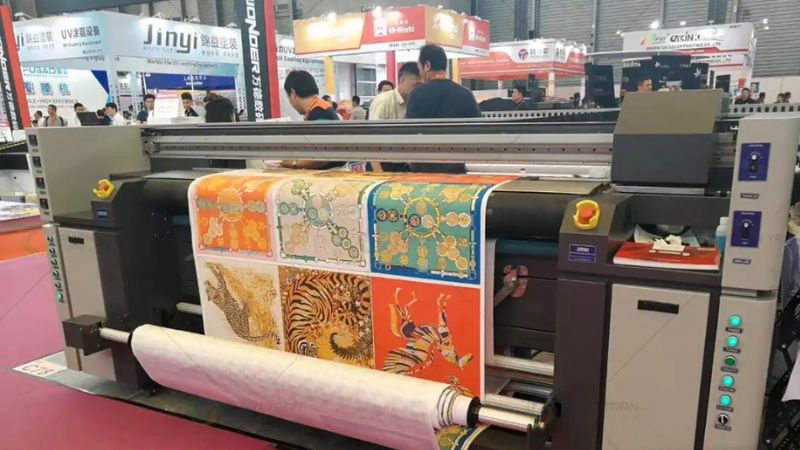 Popular heat transfer printing methods[/caption]
Popular heat transfer printing methods[/caption]
4. Thermal transfer printing process
The heat transfer printing process is generally quite simple, including the following 4 basic steps:
- Design and print images: Images to be printed are designed on the computer using graphics software, then printed in reverse onto transfer paper using an inkjet printer using specialized transfer ink.
- Prepare the material: Cut off the excess printing paper around the image. Place the printing paper with the image printed face down on the surface of the material to be printed.
- Heat press: Use a heat press to press onto printing paper at the temperature, pressure and time appropriate for each type of paper and printing material.
- Finishing: After heat pressing, remove the printing paper from the material and let the product cool.
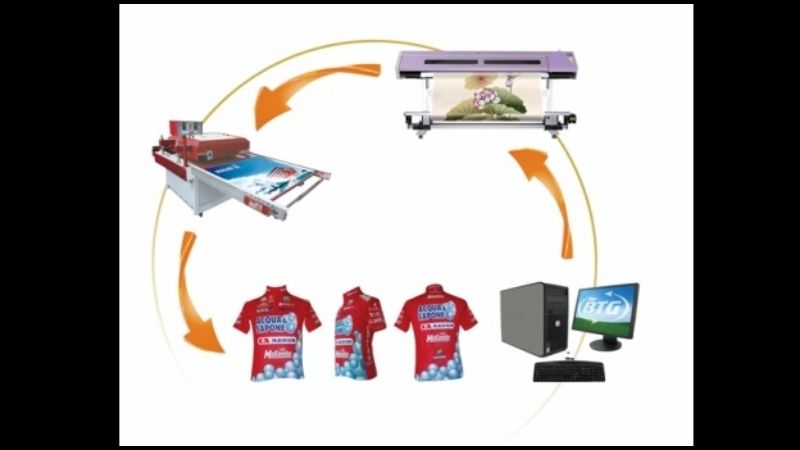 Heat transfer printing process on T-shirts[/caption]
Heat transfer printing process on T-shirts[/caption]
5. Current applications of thermal transfer printing
Heat transfer printing with outstanding advantages in color, durability, cost... is widely applied in many fields. Below are some common applications of this modern printing technology:
5.1. Heat transfer printing on T-shirts
T-shirts are one of the most popular products using heat transfer printing method today with the following advantages:
- Diverse colors, sharp and vivid images.
- The print is durable, does not peel or fade when washed.
- Can be printed on a variety of fabrics.
- Suitable for printing t-shirts on demand, event t-shirts, uniform t-shirts...
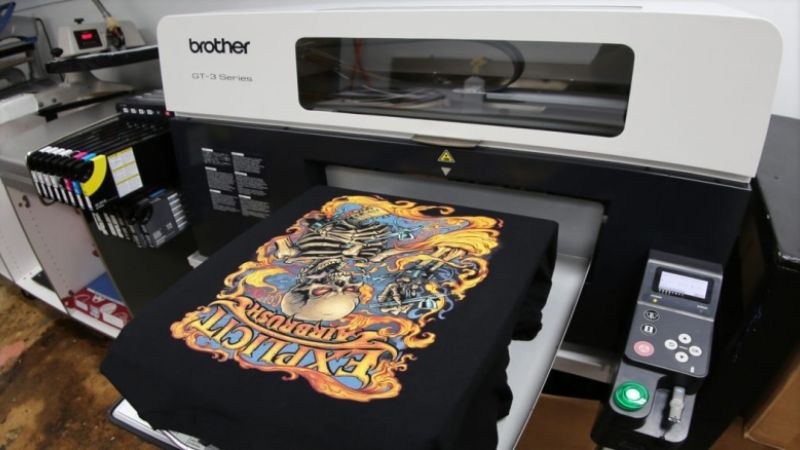 Heat transfer printing sample on T-shirt[/caption]
Heat transfer printing sample on T-shirt[/caption]
5.2. Heat transfer printing on shoes
Heat transfer printing on shoes is gradually becoming a trend chosen by many big brands because of its outstanding advantages:
- Create unique, individual shoes with impressive patterns and colors, expressing your own style.
- The print is durable, resistant to friction and waterproof.
- The most outstanding feature of thermal transfer printing is that it can be printed on even rough and complex surfaces.
Shondo is one of the pioneering brands applying heat transfer printing technology to footwear production, bringing customers high quality products, unique and fashionable designs. Shondo shoe product lines apply heat transfer printing technology such as sandals F8M, Sneaker Chunky S1, Sneaker Class.
[caption id="attachment_5291" align="aligncenter" width="800"] Doraemon pattern is printed with heat transfer on Sandal[/caption]
Doraemon pattern is printed with heat transfer on Sandal[/caption]
5.3. Heat transfer printing on ceramic cups
Heat transfer printing is the ideal solution for printing logos, images, quotes on ceramic cups, creating meaningful, unique and personalized gifts.
- Printed images are sharp, sophisticated and realistic.
- Safe for users.
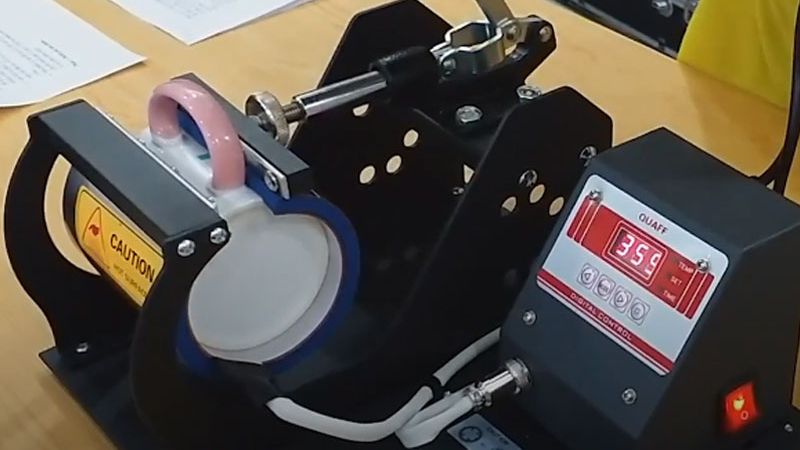 Heat transfer printing on ceramic cups[/caption]
Heat transfer printing on ceramic cups[/caption]
6. Questions related to heat transfer printing
6.1. Is heat transfer printing durable?
Heat transfer printing is highly durable, images and colors can be kept for a long time. However, the durability of printed products depends on many factors such as ink quality, printing paper, printing techniques and preservation methods. If done correctly and preserved properly, heat transfer printed images can last from several months to several years.
6.2. What materials can heat transfer be printed on?
Heat transfer printing can be printed on many different materials such as: fabric, t-shirts, ceramic cups, metal, wood, leather, ceramic tiles,... However, not all materials are suitable for heat transfer printing. To achieve the best printing results, it is necessary to choose the right type of printing paper and ink for each type of printing material.
In short, heat transfer printing is a modern printing technique, bringing many outstanding advantages such as sharp images, high durability, and application on many materials. However, this method still has certain limitations. Visit the website or Shondo store to choose the most satisfactory sandals, printed with advanced heat transfer printing technology.
Related Articles

Nếu bạn đã và đang sở hữu cho mình đôi giày ballet sneaker nhưng vẫn chưa biết outfit nào phù hợp. Xem ngay bài viết này với 5 cách phối đồ với giày ballet sneaker đẹp không có điểm trừ cùng Shondo...

Squid Game 3 chính thức khuấy đảo trên màn ảnh, bạn đã sẵn sàng ngồi liền 6 tập để xem cuộc chiến sinh tồn lần cuối của Gi-Hun chưa? Dưới đây là combo cuối tuần “chuẩn sinh tồn hiện đại” mà Shondo ...

Phong cách Retro là gì mà được nhiều người săn đón như vậy? Cùng Shondo tìm hiểu qua bài viết sau đây để biết thêm nhiều điều thú vị từ điểm đặc trưng cho đến cách phối đồ như thế nào là chuẩn nhé....

Một trong những trào lưu nổi bật gây sốt trên các cộng đồng yêu thời trang chính là phong cách Maillard. Nhưng điều gì khiến chúng lại có sức hút lớn đến như vậy? Shondo sẽ giúp bạn hiểu rõ hơn về...

Áo Polo nữ - item nghe thì tưởng già nhưng thực ra lại đang quay trở lại mạnh mẽ. Từ sân golf đến sân trường, từ văn phòng đến quán cafe, chiếc áo đơn giản với cổ bẻ đặc trưng này bỗng trở nên đa n...
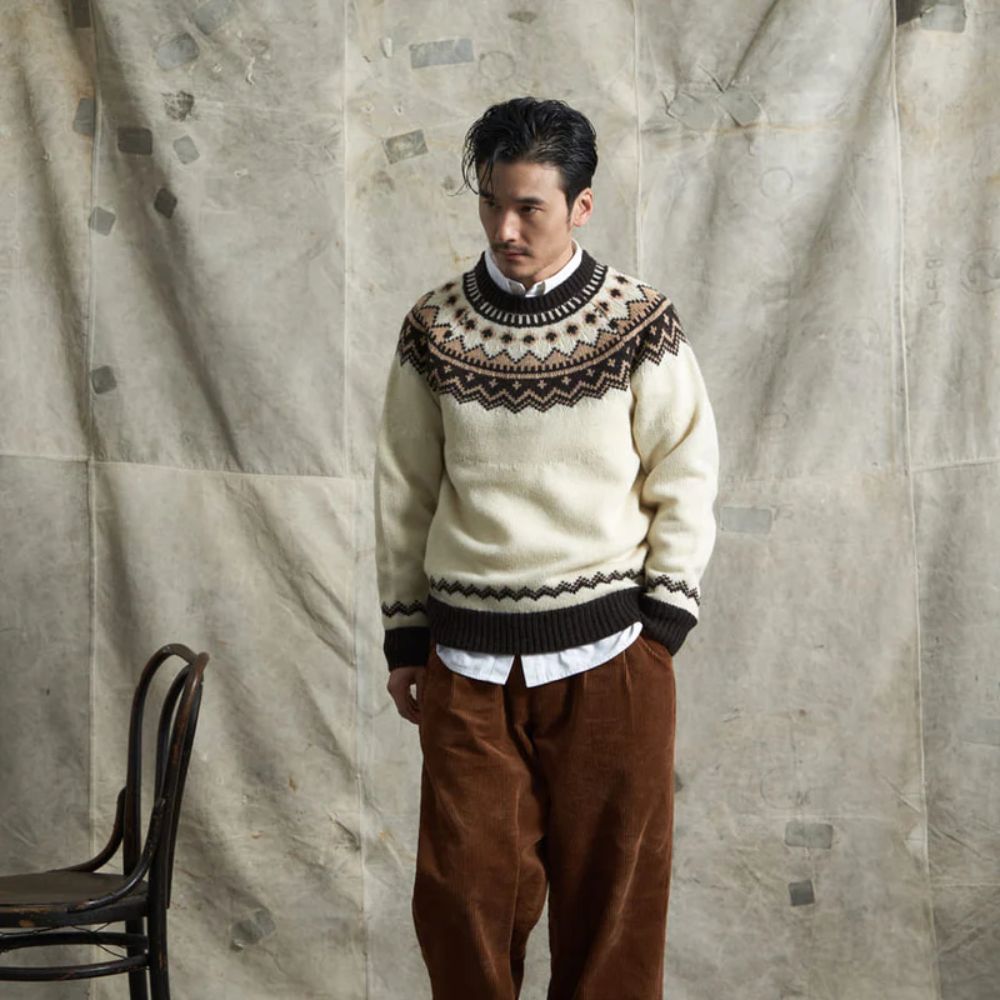
Phối đồ Vintage trong giới thời trang mang đến những nét độc đáo rất riêng. Phong cách này trở thành xu hướng phổ biến không chỉ ở nữ mà còn xuất hiện nhiều ở nam giới. Shondo sẽ cho bạn thấy điều ...

